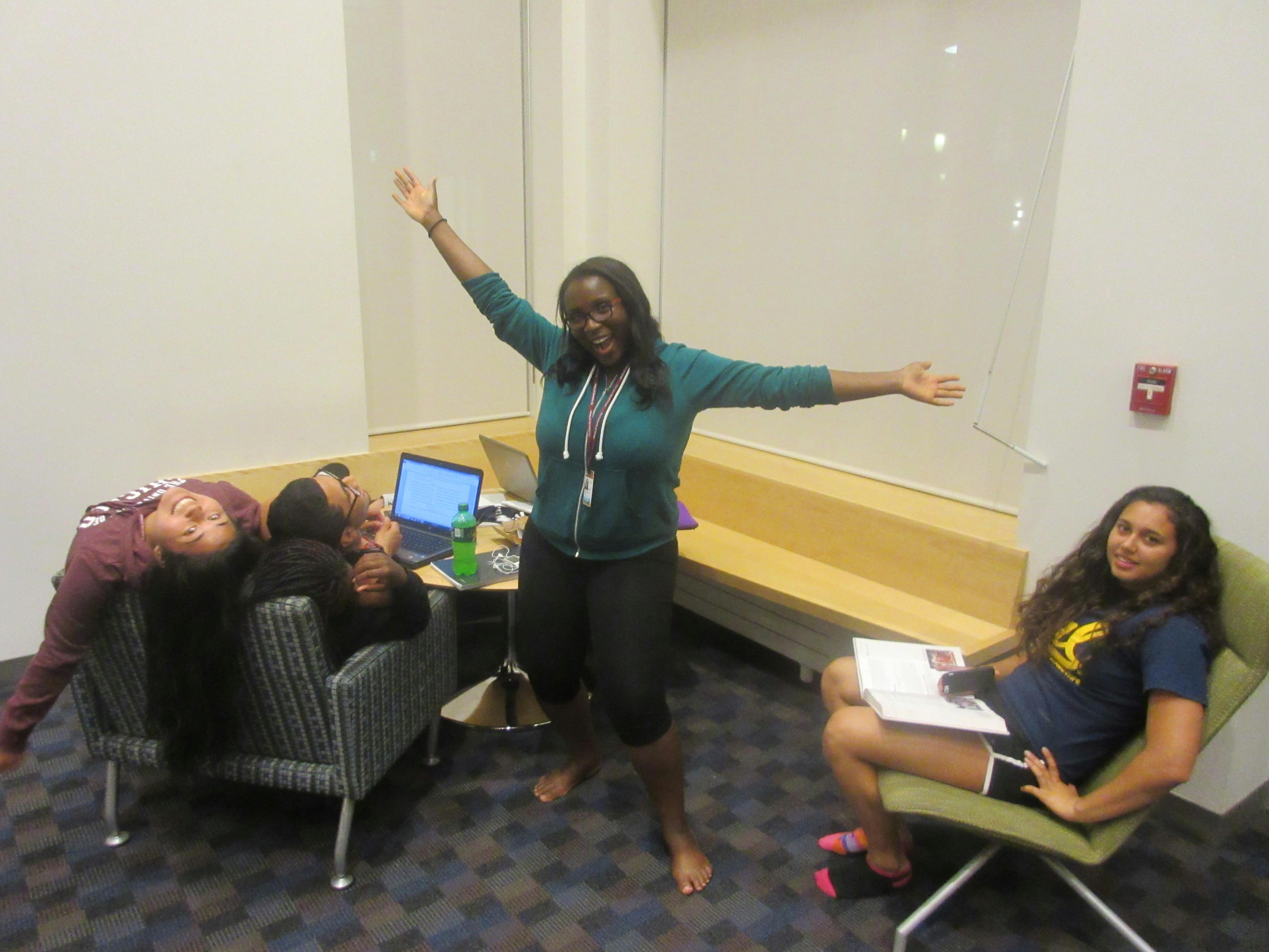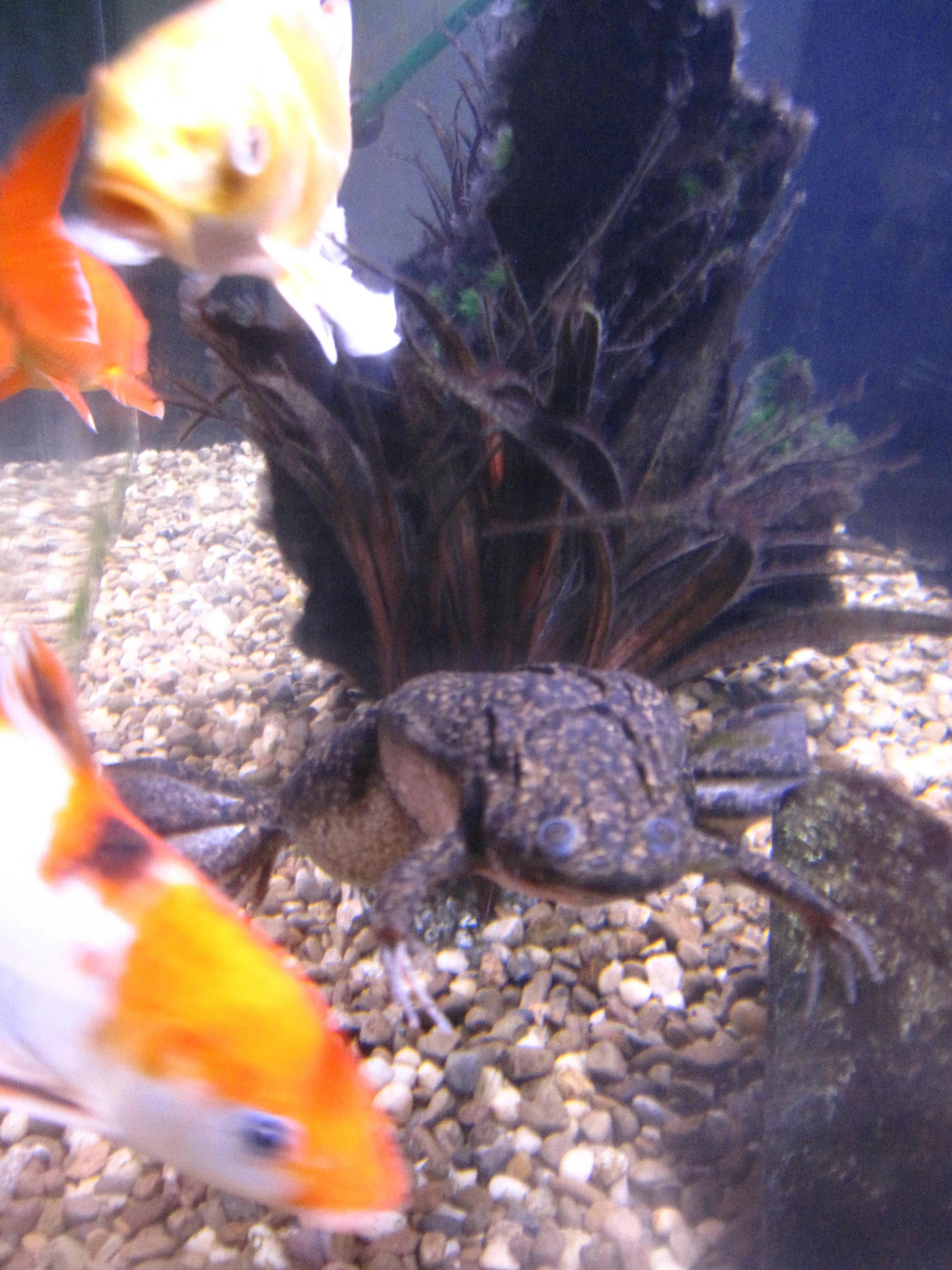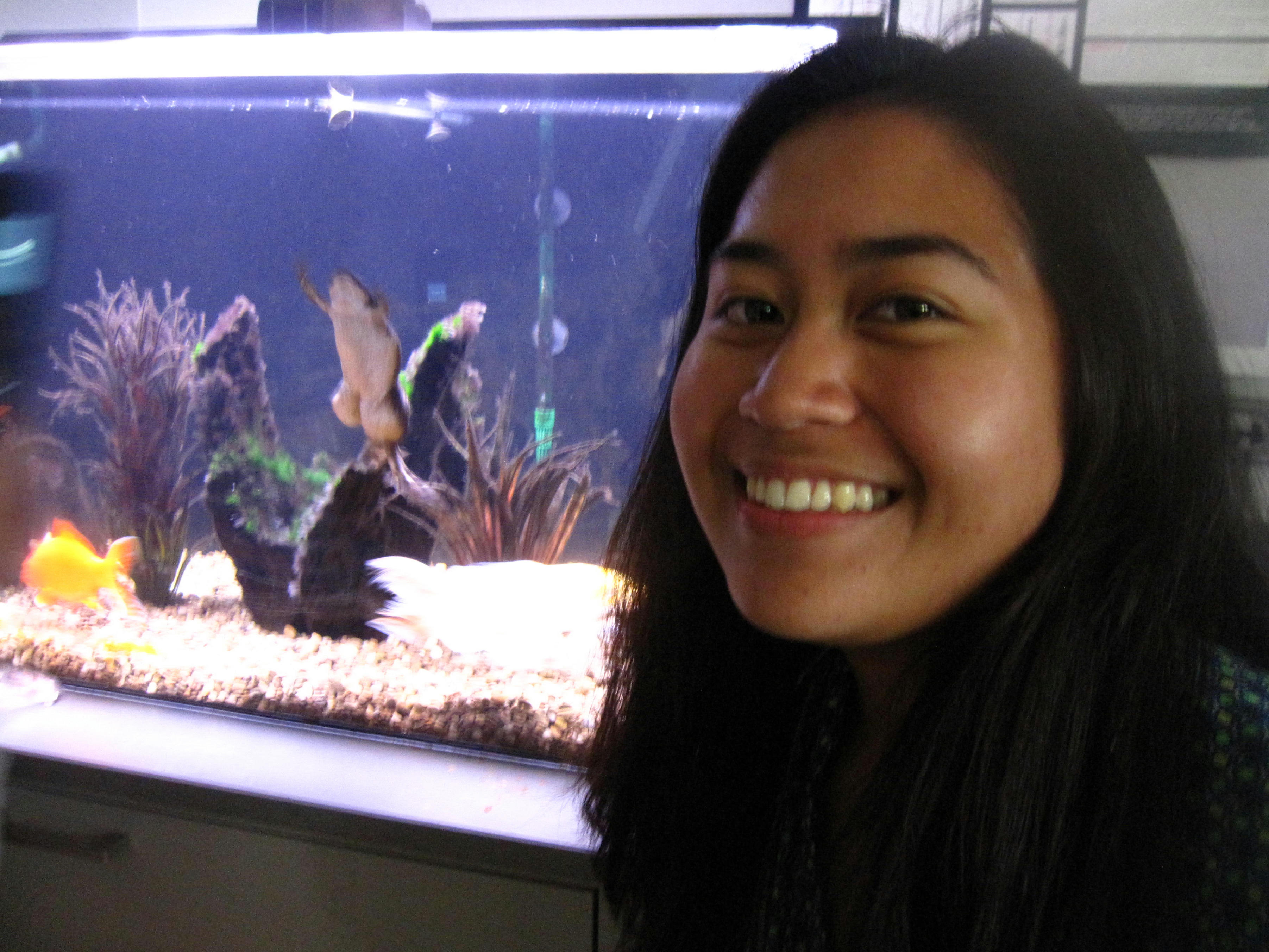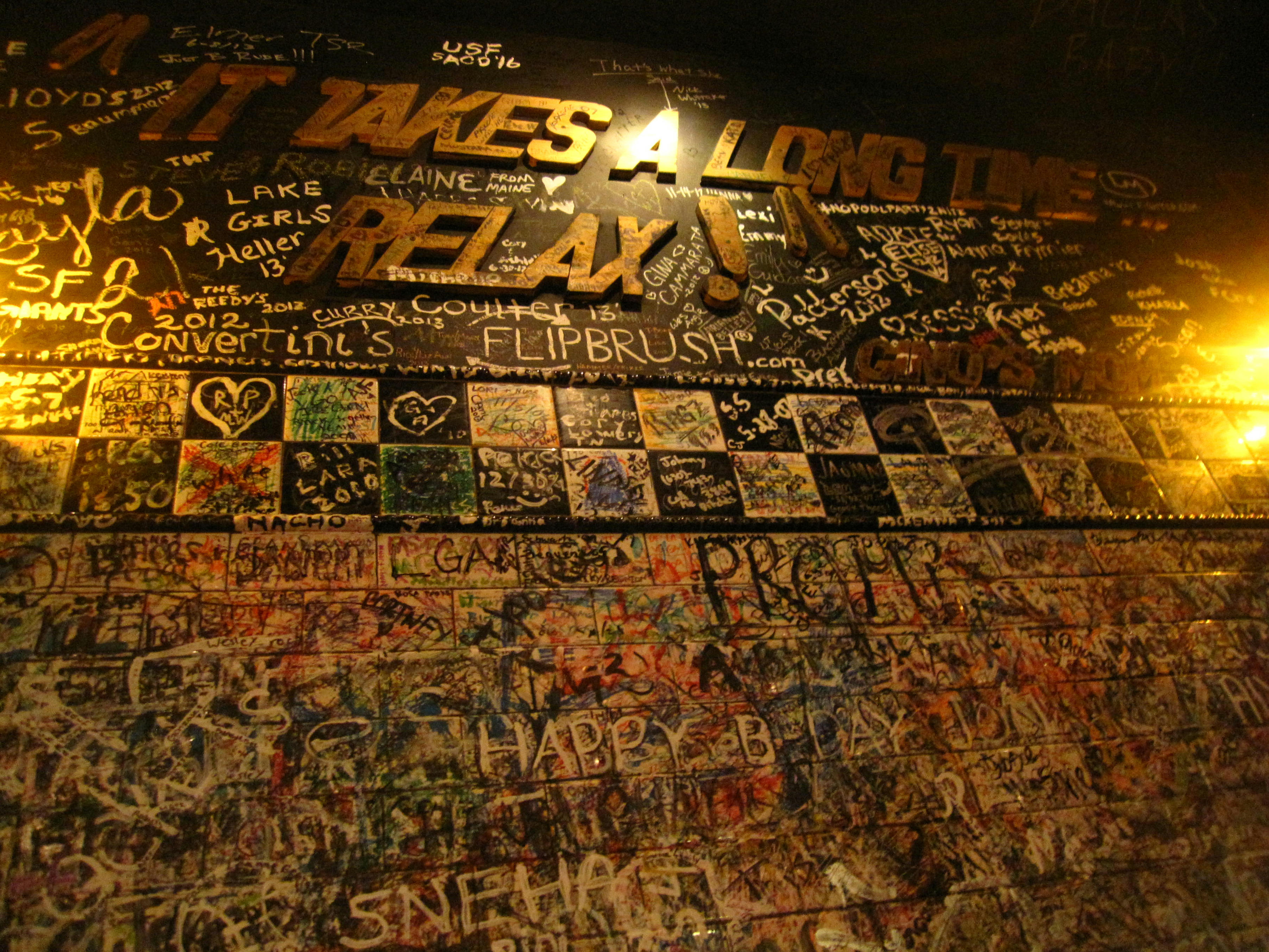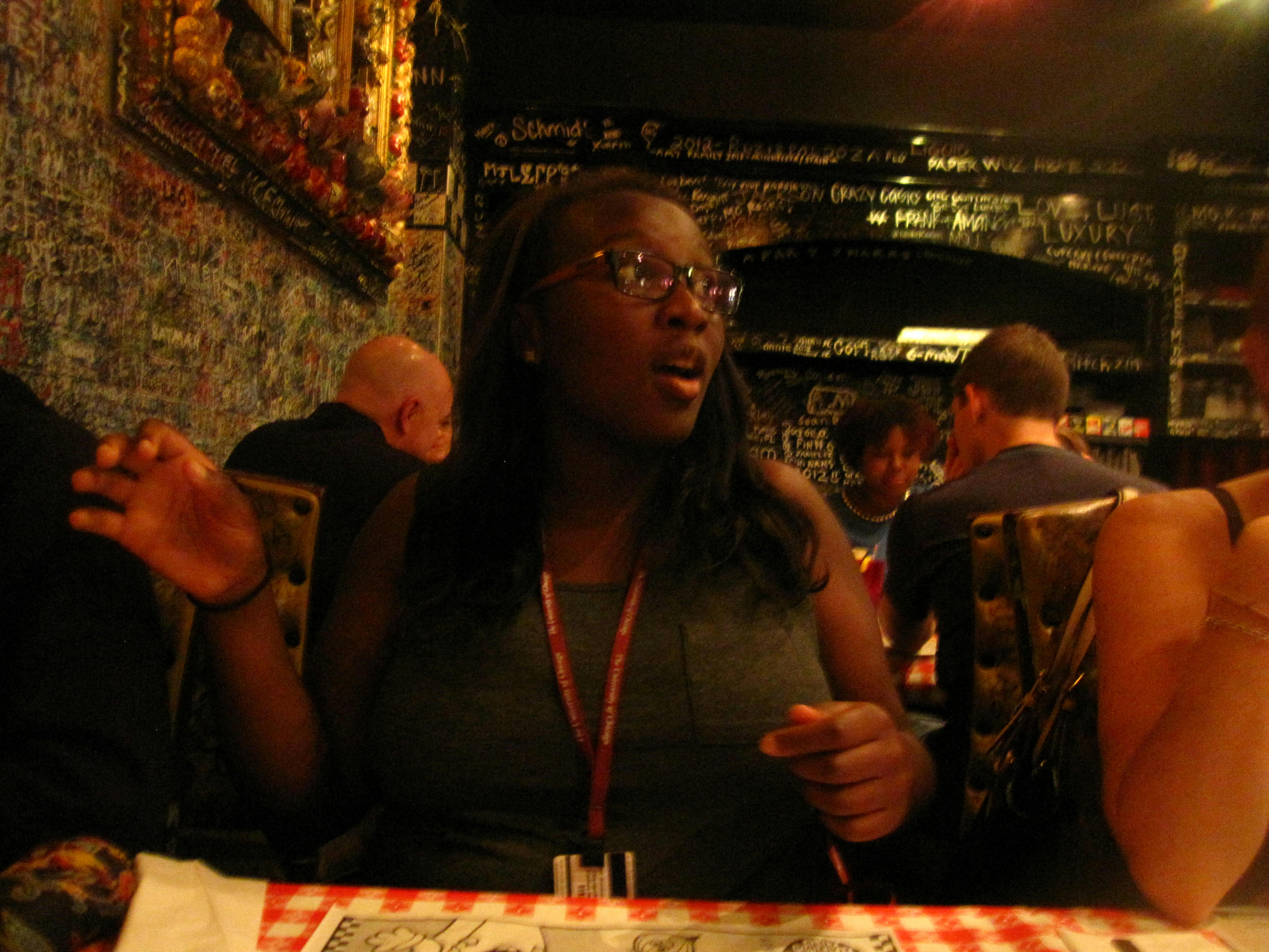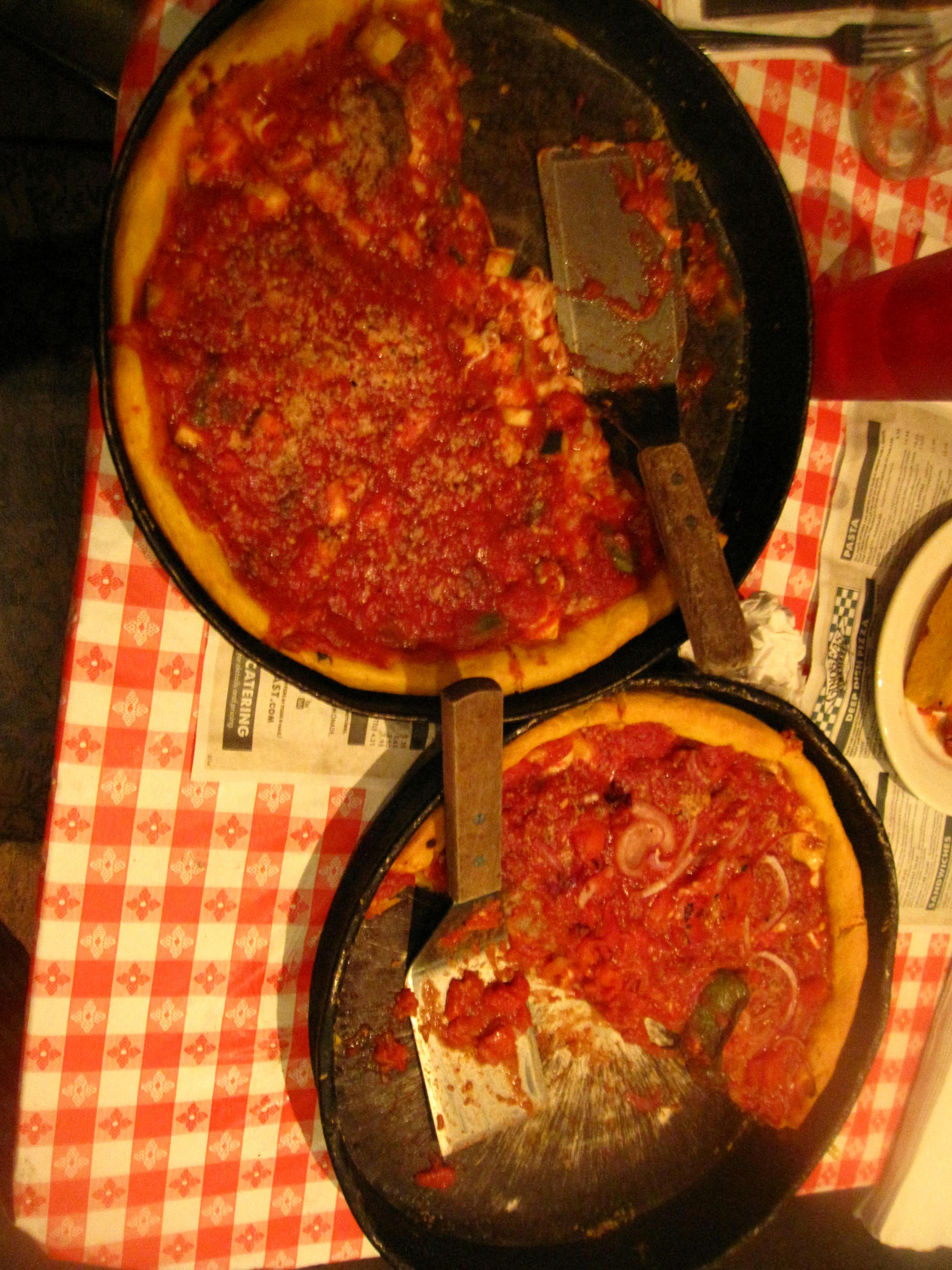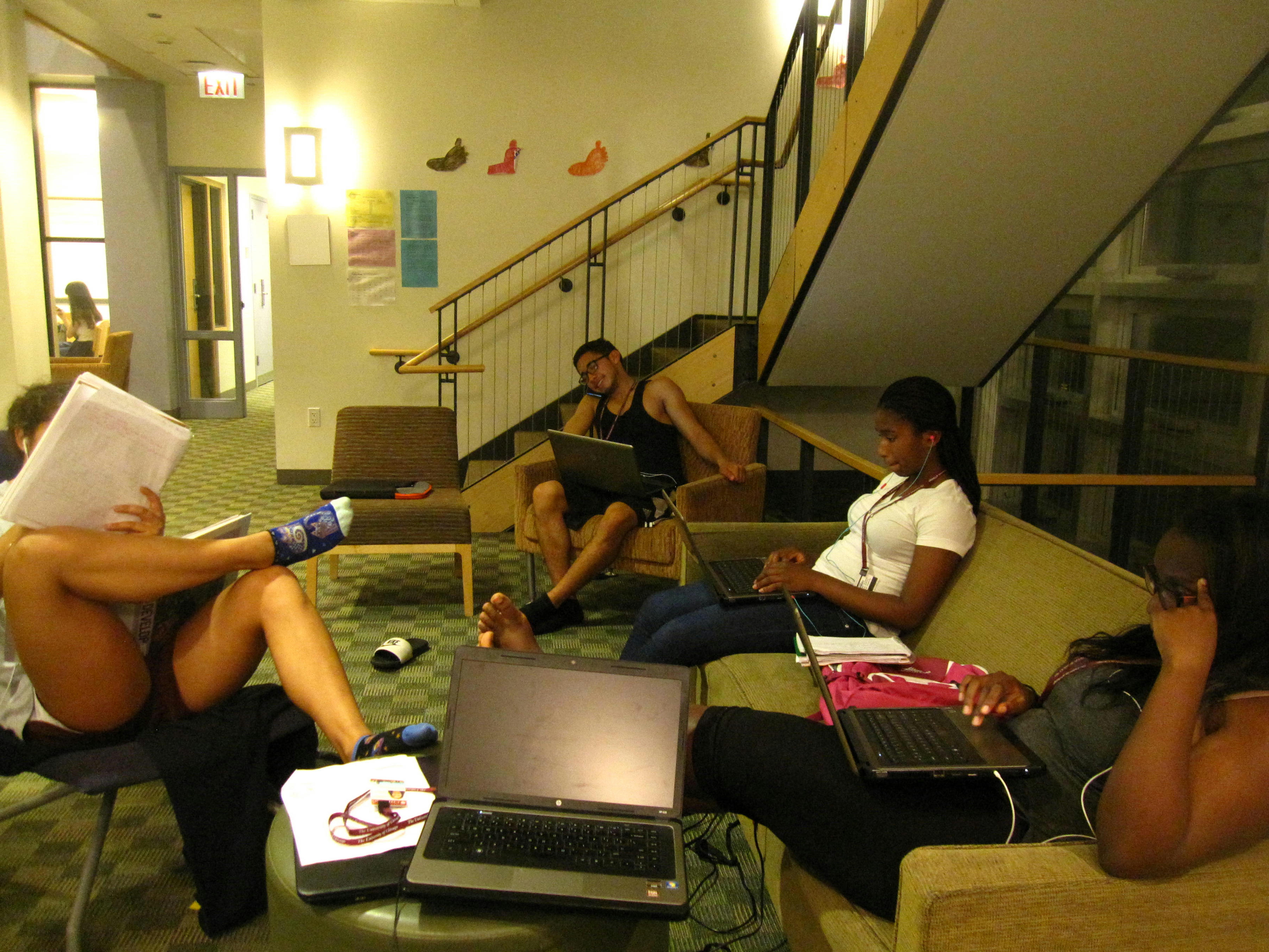Today in class we discussed how concepts are learned by children
and how at certain ages, concepts are still not understood. Because I had a
late night last night, I was very tired in class. To deal with this, I took
very detailed notes of everything we were going over in class. I usually just
take notes on the main ideas, but this helped me keep focused.
Like many of the topics of developmental
psychology, conceptual development allows for another debate between nativists
and empiricists. Nativists believe that infants are born with specific learning
systems for things like physical concepts, language, etc. Empiricists believe
that what an infant learns is based off of their experience and the input that
they are receiving. So for conceptual development the argument of a nativist
argument could be that infants are born with a specific module to learn certain
concepts. The empiricist argument could be that babies learn these concepts
because they experience them repeatedly, and learn them this way.
When kids are much younger, their thinking
is very egocentric, and they do not understand the concept that other people
think through a different perspective. A way to show this is called the
Smarties test. In this test, kids are shown a box labeled smarties. When asked
what they think will be in the box, they of course answer smarties, but then
when the box is opened they find that the box actually contains pencils. Then
the administrator of the test asks the kid what a peer who hasn't seen the
contents of the box will think is in the closed box. Younger kids seem to only
be able to think from their own perspective, so they answer that the peer will
think the box contains pencils. At some point in children's conceptual development,
there is a change, whether it is gradual or sudden, and then children
understand thinking from the perspective of others.
She let us go to lunch about half an hour
early, so we had some extra time to converse. After lunch, we got into our
research groups to work on the method section part of our final paper. We also
got our introduction and literature review with comments on it so we could
correct it. It was basically just time to work on any assignments we needed to
complete before the experiment and that we needed to catch up on. That is how
we spent class time until about 3:30. Then she dismissed us.
As soon as I got back to campus, I got
ready to go to the gym with Victoria. We spent about an hour their before
heading back to dinner to eat with the whole cohort. After dinner we worked on
homework in the lounges.


